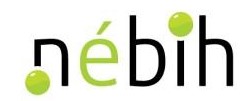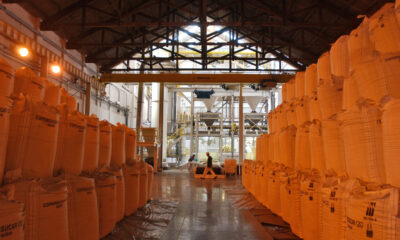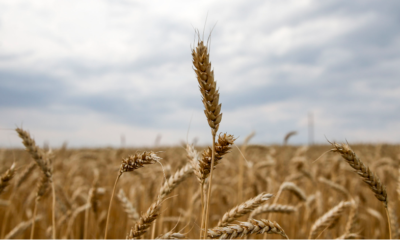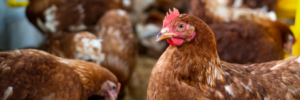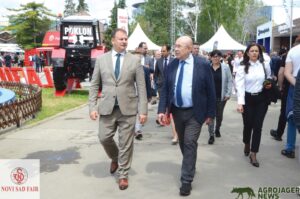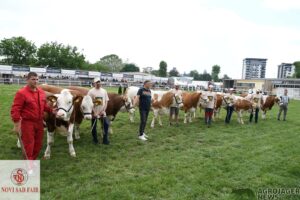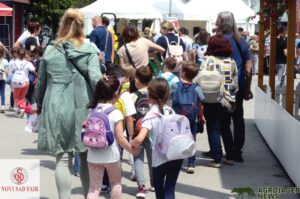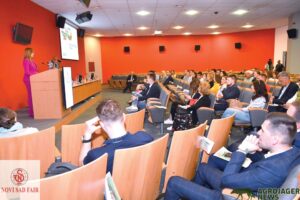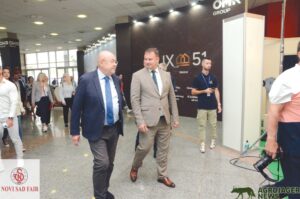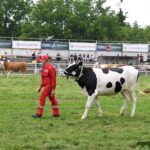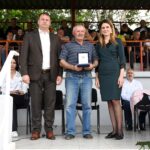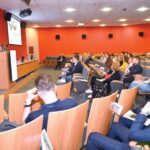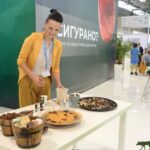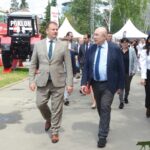
Rome, April 25, 2023 – Meat, eggs and milk provide essential nutrients that cannot easily be replaced from plant sources – reads a new report by the Food and Agriculture Organization of the United Nations (FAO).
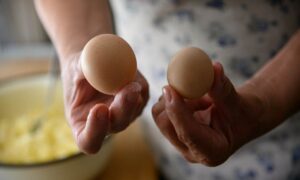
Decision-makers should promote food from land animals, taking into account the environmental and other impacts of livestock farming. ©FAO/Victor Sokolowitz
This is particularly important in certain stages of life, such as pregnancy and breastfeeding, during childhood, adolescence and old age, according to the study entitled The contribution of food from terrestrial animals to a healthy diet for better nutrition and health .
The publication is the most comprehensive analysis of the benefits and risks of consuming animal-based foods, using more than 500 scientific journals and 250 policy documents.
Meat, eggs and milk contain many important macronutrients, including protein, fats and carbohydrates, as well as micronutrients, which are difficult to provide in the required quality and quantity from plant-based food, the report reads. High-quality protein, countless essential fatty acids, iron, calcium, zinc, selenium, vitamin B12, choline and other bioactive compounds such as carnitine, creatine and taurine can be found in foods of animal origin, whose role in health and development is indisputable.
Iron and vitamin A deficiency are among the most common deficiency diseases worldwide, mainly affecting children and pregnant women. Globally, every second child under the age of 5 (372 million) and 1.2 billion women of childbearing age suffer from at least one of the iron, vitamin A and zinc deficiency diseases . Three quarters of these children live in South and East Asia, the Pacific Ocean and Sub-Saharan Africa.
Unsurprisingly, the analysis states, the consumption of food from land animals (including milk, eggs and meat) varies worldwide . On average, a Congolese consumes only 160 grams of milk per year, while a Montenegrin consumes up to 338 kilograms. In the case of eggs, the average annual consumption for a South Sudanese is just under 2 grams, compared to the 25 kg annual amount for Hong Kongers. An average person in Burundi consumes no more than 3 kg of meat, while in Hong Kong the average annual meat consumption is 136 kg.
Aspect of sustainability goals
As part of an appropriate diet, animal-derived foods can contribute to the achievement of the nutrition-related goals adopted by the World Health Assembly and the Sustainable Development Goals , which are for the proper development and birth weight of children under five years of age, as well as for anemia in women of reproductive age, adult obesity and they relate to the reduction of infectious diseases.
At the same time, the farm animal sector “must play a role in solving many challenges”, emphasizes the FAO Deputy Director General, Maria Helena Semedo, and her Chief Economist, Maximo Torero Cullen, in the foreword of the volume.
“These are environmental challenges (e.g. deforestation, changes in land use, greenhouse gas emissions, unsustainable water and soil management, pollution, competition between fodder and food), animal husbandry systems (e.g. low productivity, overgrazing, insufficient animal welfare), animal health problems (e.g. diseases, antimicrobial resistance), matters arising from the human-animal relationship (e.g. zoonoses or foodborne diseases), and social issues (e.g. equality).”
Dangers
Regarding the risks associated with the consumption of foods of animal origin, the analysis states that the consumption of even small amounts of processed red meat increases the risk of death and chronic diseases (including cardiovascular diseases and rectal cancer). However, the consumption of unprocessed red meat in moderate amounts (between 9 and 71 grams per day) has a minimal risk, but can be said to be safe in terms of chronic diseases.
However, the evidence for causal relationships between the consumption of milk, eggs and poultry in healthy adults and some diseases (e.g. heart disease, stroke, high blood pressure) is inconclusive (for milk) or insignificant (for eggs and poultry) .
The FAO Subcommittee on Farm Animals, which is under the Committee on Agriculture, recently held its first meeting, encouraging governments to update national dietary recommendations, if necessary, regarding the nutritional benefits of consuming meat, eggs and milk.
Source: FAO
